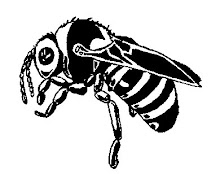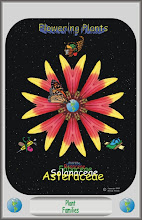

Eastern Poison Ivy (Toxicodendron radicans)
Blooming from May to July and found in central and eastern United States, Poison Ivy is a native U.S. Plant.
Well known for it bad skin irritant qualities, the Poison Ivy plant grows as a shrubby or vining plant and produces small one eighth inch, greenish white flowers and and one quarter inch fruit in the form of white or brownish berries. The leaves are divided into three leaflets, shiny or dull green, which are up to five inches long.
Reaction to this plant varies from person to person, which is none to severe skin irritation. It is best to avoid this plant, which is widespread and is found in most environments, including open woods, fields, and roadsides. Smoke from the burning plant may also cause irritation.
If exposed, wash with soapy water or alcohol to remove the oil which causes the irritation.
Other plants such as some Sumacs and the Box Elder resemble the Poison Ivy plant so it is best to heed the warning “leaves of three let it be”.
As well as being a noxious plant for humans, Poison Ivy is a valuable winter food source for some birds who eat it's fruit without harm. There are also limited medicinal uses for this plant
This plant, a member of the Cashew family (Anacardiaceae), is in the same family as the plant that produce the delicious Cashew nut.







1 comment:
beautiful blog!!!
Post a Comment